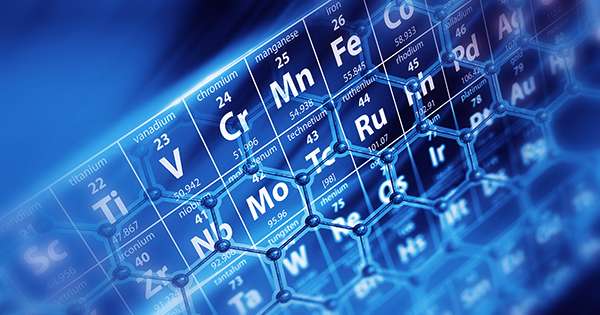It is difficult to overestimate the importance of chemistry as an organizational principle – all emerging chemists are familiar with it from the very beginning of their education. The periodic table of elements originally created by the Russian chemist Dmitry Mendeleev (1834-1907) celebrated its 150th-anniversary last year. Given the importance of the table, it may be excused to assume that the order of the elements is no longer a matter of debate. But two Russian scientists in Moscow have recently proposed new order.
Let us first consider how the periodic table was developed. By the end of the eighteenth century, chemists were clear about the difference between an element and a compound: elements were chemically indivisible (e.g. hydrogen, oxygen) where compounds were composed of two or more elements, their properties were quite different from those of elements. In the early nineteenth century, there was good circumstantial evidence for the existence of atoms. And in the 1860s, it was possible to make a list of known elements according to their relative atomic mass – for example, hydrogen 1 and oxygen 16.
Some seem to be repetitive and by placing chemically similar elements next to each other, a two-dimensional table can be created. The periodic table was born. The general list is of course one-dimensional in nature. Chemists, however, we’re aware that certain ingredients had similar chemical properties instead: for example lithium, sodium and potassium or chlorine, bromine, and iodine.
Mendeleev’s periodic table was experimentally generated based on the observed chemical similarities of specific elements, importantly. Once the structure of the atom is established and the development of quantum theory, it should not be at the beginning of the twentieth century, a theoretical understanding of its structure will emerge.
The elements were ordered by atomic number (number of positively charged particles called protons in the atomic nucleus) by atomic number, but still by chemical match. Subsequent actions, however, follow the management of the repeated electrons in the so-called “shells” at regular intervals. In the 1940s, most of the textbooks we see today feature the same type of periodic table.
It is to be thought that this matter will end. A simple search on the Internet will reveal all sorts of versions of the periodic table. There are short version, long version, circular version, spiral version, and three-dimensional version. Many of them are convinced that the only way to convey the same information is through disagreements over where to place the material.
These versions are not very different, but there are some elements – for example, hydrogen – that can be placed separately according to the particular property that you wish to highlight. Some tables place hydrogen in group 1 while it sits at the top of group 17; some tables even have it in their own group. Rather more radically, however, we can also consider ordering elements in very different ways, which do not involve atomic numbers or reflect electronic structures – return to one-sided dimensions.
The exact position of certain elements is determined depending on which particular features we want to highlight. Thus, the periodic table that predominates in the electronic structure of the atom will differ from those for which the main criteria are specific chemical or physical properties.
New proposal
The latest attempt to order materials in this manner was recently published by the Journal of Physical Chemistry scientists Zahed Allahyari and Artem Oganov. Based on the previous work of others, their view is that each element is called a Mendeleev number (MN). There are different ways to achieve such numbers, but the latest study uses a combination of two basic quantities that can be measured directly: an atomic radius of an element and a property called electronegativity that describes how an atom attracts electrons to itself.
If someone orders the ingredients by their MN, it is not surprising to the nearest neighbors, but there are similar MNs. Further use, however, is to take it one step further and create a two-dimensional grid based on the MN of the constituent elements in the so-called “binary compounds”. These are compounds consisting of two components, such as sodium chloride, NaCl.
It is useful for finding new materials that are necessary for both the future and existing technology. In time, no doubt, it will expand into compounds with more than two basic elements. What are the advantages of this method? Importantly, it can help predict the properties of binary compounds that have not yet been created.
A good example of the importance of finding new materials can be appreciated by considering the periodic table in the figure below. This table not only illustrates the relative abundance of components (larger box for each component, its greater quantity) but also highlights potential supply issues related to the technology that has become ubiquitous and essential in our daily lives.
150 years later, we see that periodic tables are not only an important educational tool; they are useful for researchers in finding the necessary new materials. But we should not think of new versions as a replacement for previous versions. Just having different tables and lists deepens our understanding of just how the elements behave.














